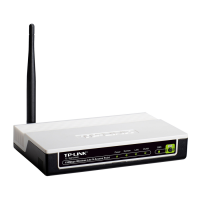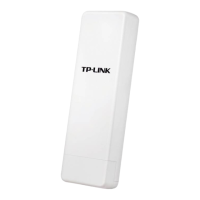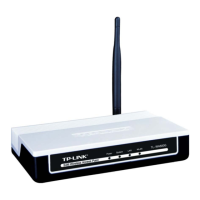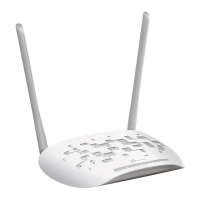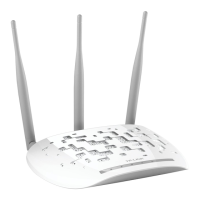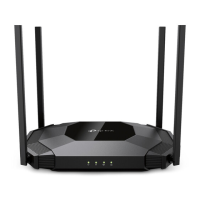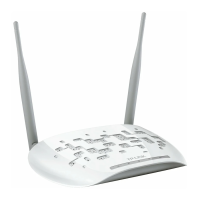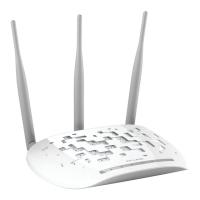70
4. Traffic Statistics
This field displays the router's traffic statistics.
5. System Up Time
The total up time of the router since it was powered on or reset.
5.3 Quick Setup
Please refer to Section 3.2: "Quick Setup".
5.4 Operation Mode
Selecting Operation Mode will allow you to choose the operation mode for the AP. The AP
supports seven operation mode types, AP Client Router, AP Router, Access Point, Multi-SSID,
Repeater (Range Extender), Bridge with AP and Client. Please select the one your want as
shown in Figure 4-2. Click Save to save your choice.
Figure 5-2 Operation Mode
AP Client Router - In this mode, the device enables multi-users to share Internet from WISP.
The LAN port devices share the same IP from WISP through Wireless port. While connecting
to WISP, the Wireless port works as a WAN port at AP Client Router mode. The Ethernet
port acts as a LAN port.
AP Router - In this mode, the device enables multi-users to share Internet via ADSL/Cable
Modem. The wireless port share the same IP to ISP through Ethernet WAN port. The
Wireless port acts the same as a LAN port while at AP Router mode.
Access Point - In this mode, the device can be connected to a wired network and transform
the wired access into wireless that multiple devices can share together, especially for a
home, office or hotel where only wired network is available.
Multi-SSID - In this mode, the device can create up to 4 wireless networks labeled with
different SSIDs and assign each SSID with different security or VLAN, especially for the
situation when the various access policies and functions are required.
Repeater(Range Extender) - In this mode, the device can copy and reinforce the existing
wireless signal to extend the coverage of the signal, especially for a large space to eliminate
signal-blind corners.
Bridge with AP - In this mode, the device can be used to combine multiple local networks
together to the same one via wireless connections, especially for a home or office where
separated networks can't be connected easily together with a cable.
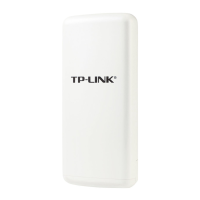
